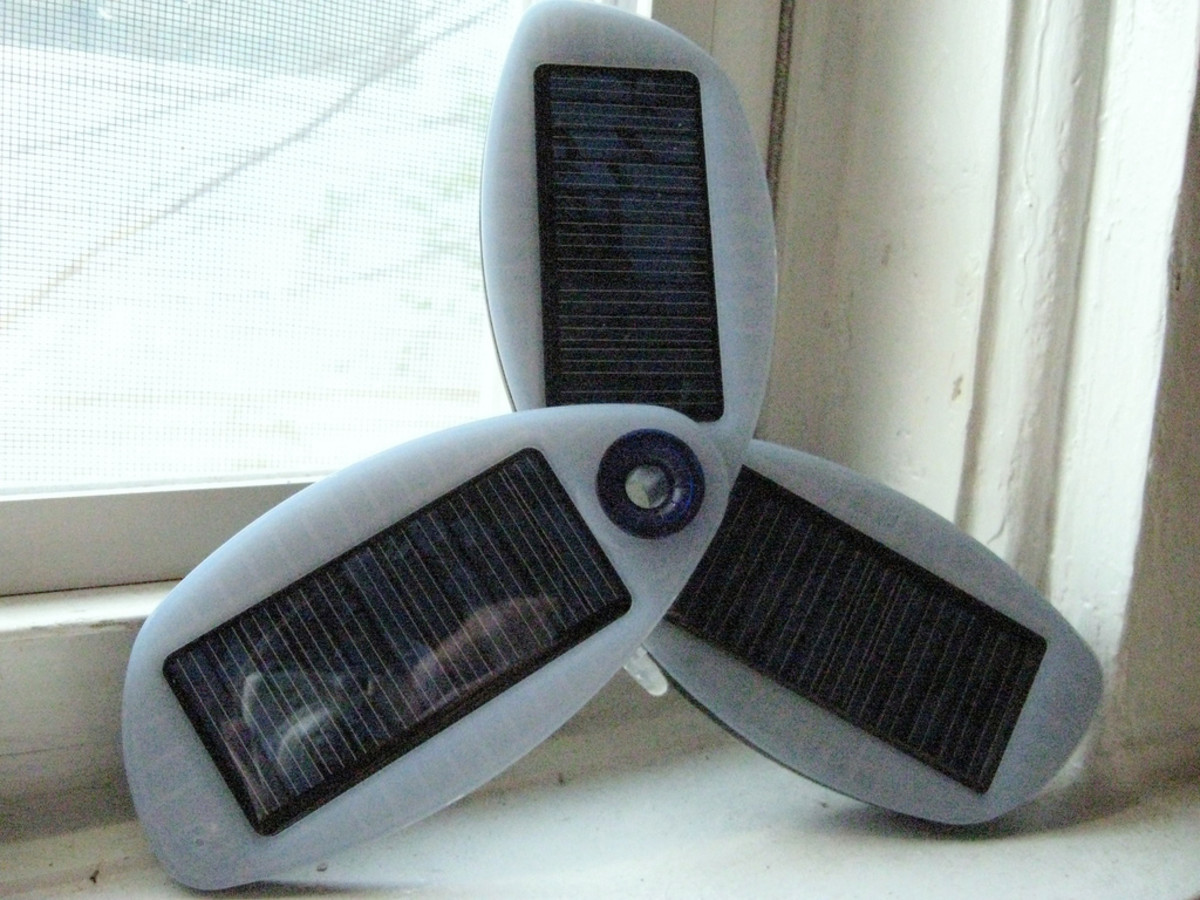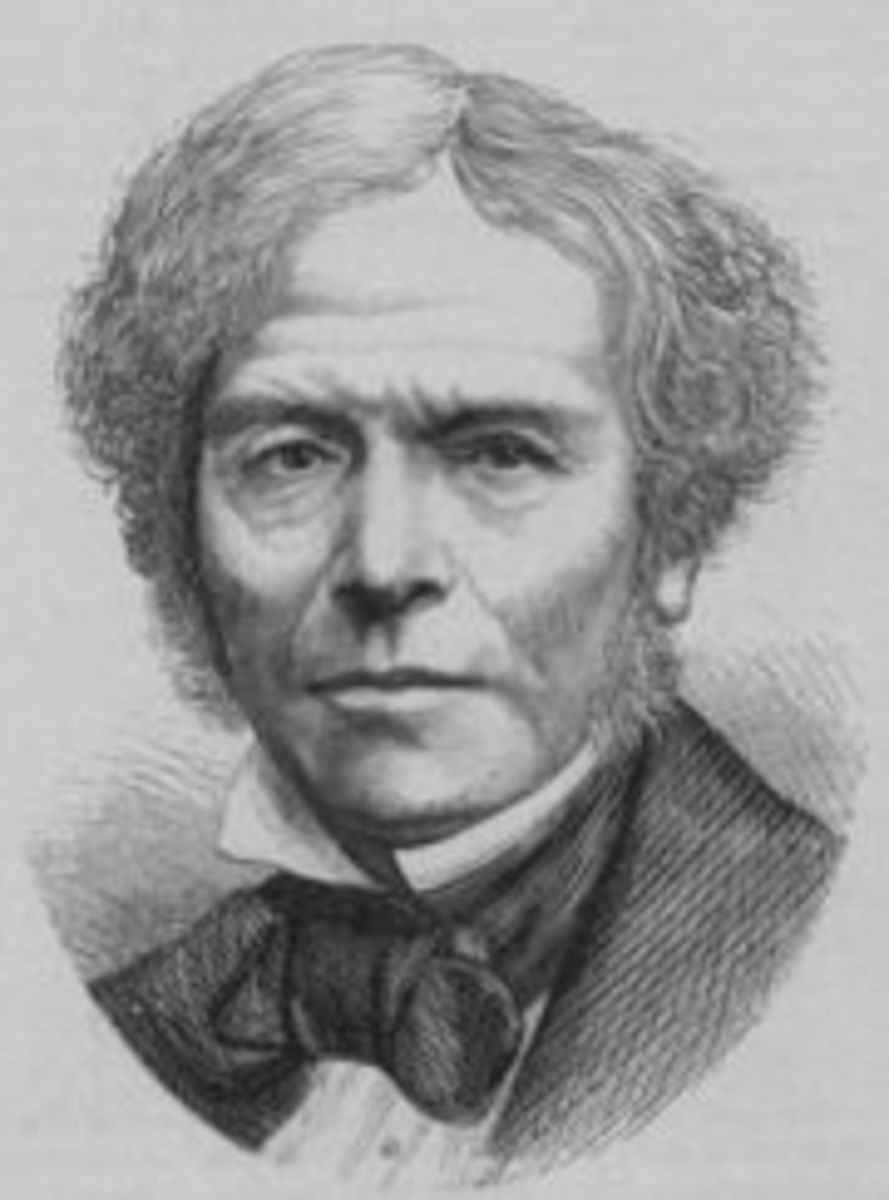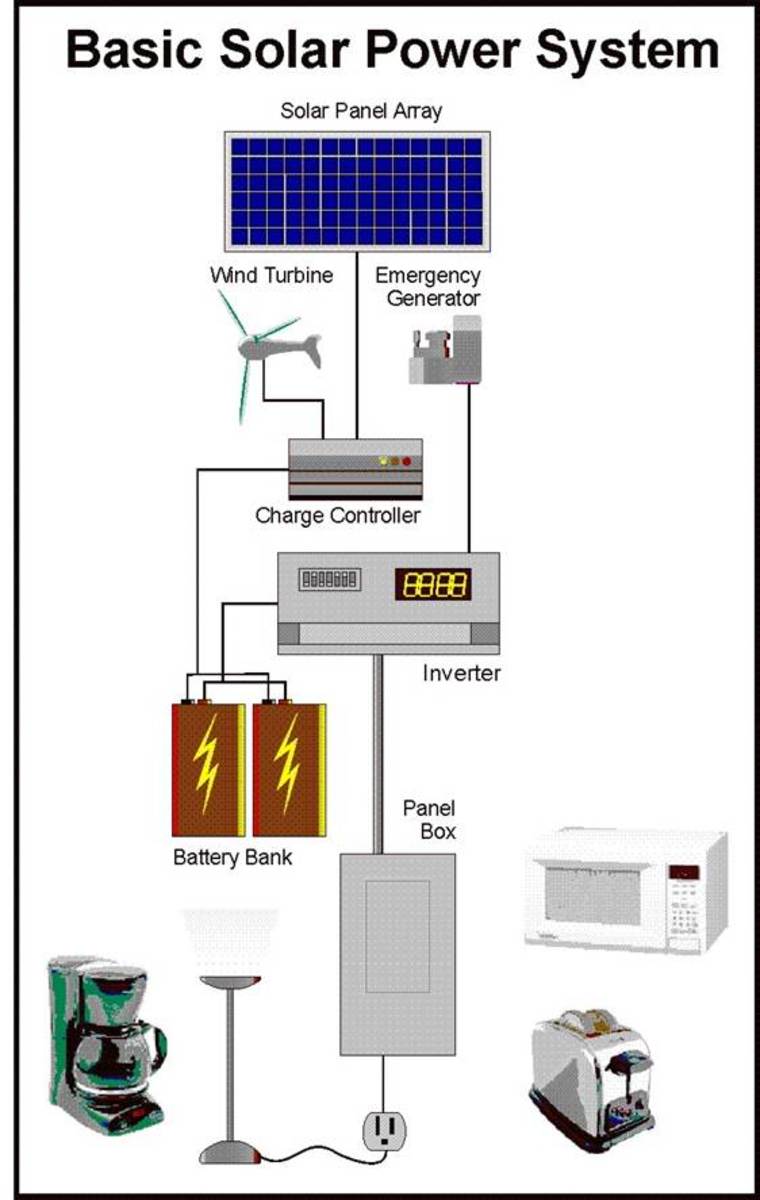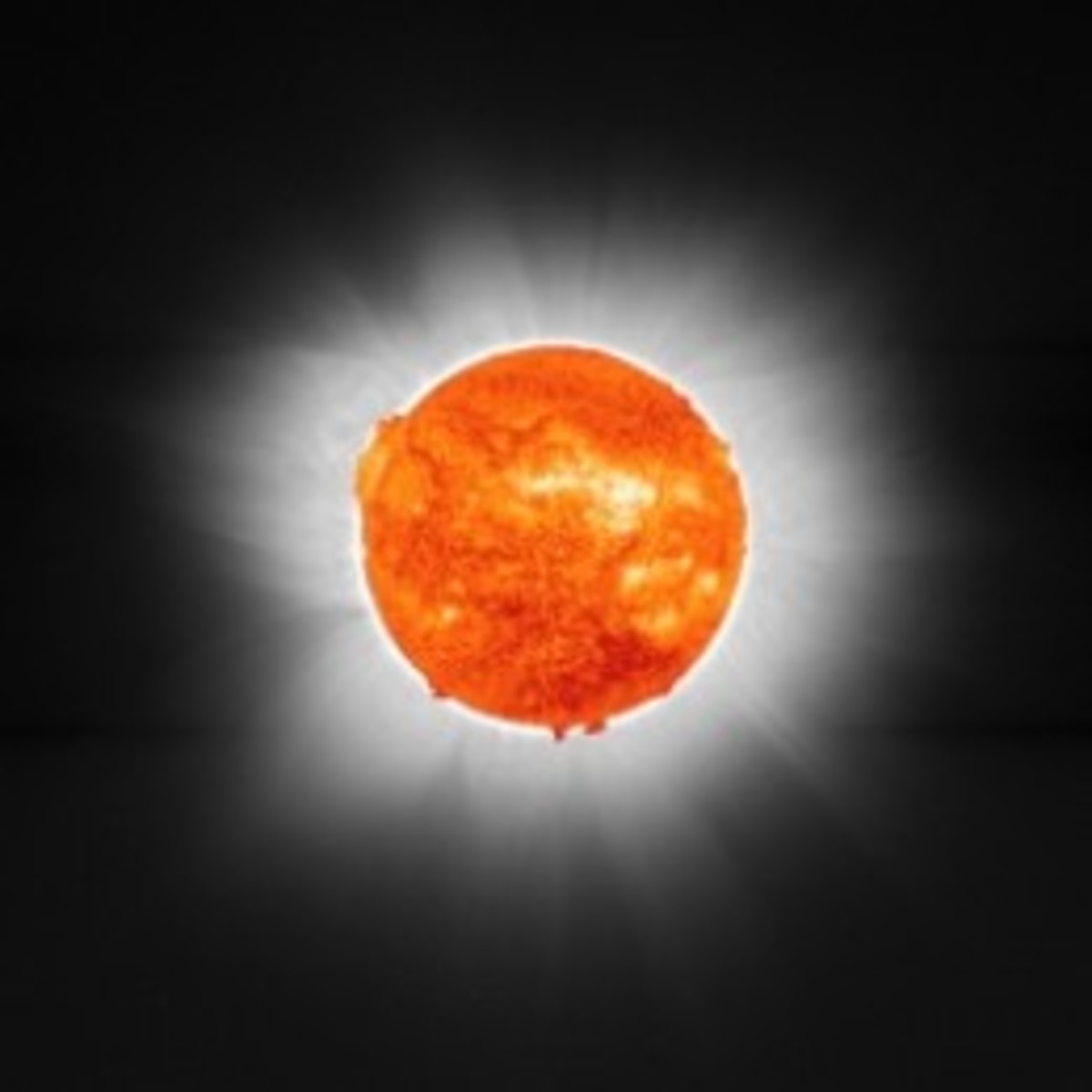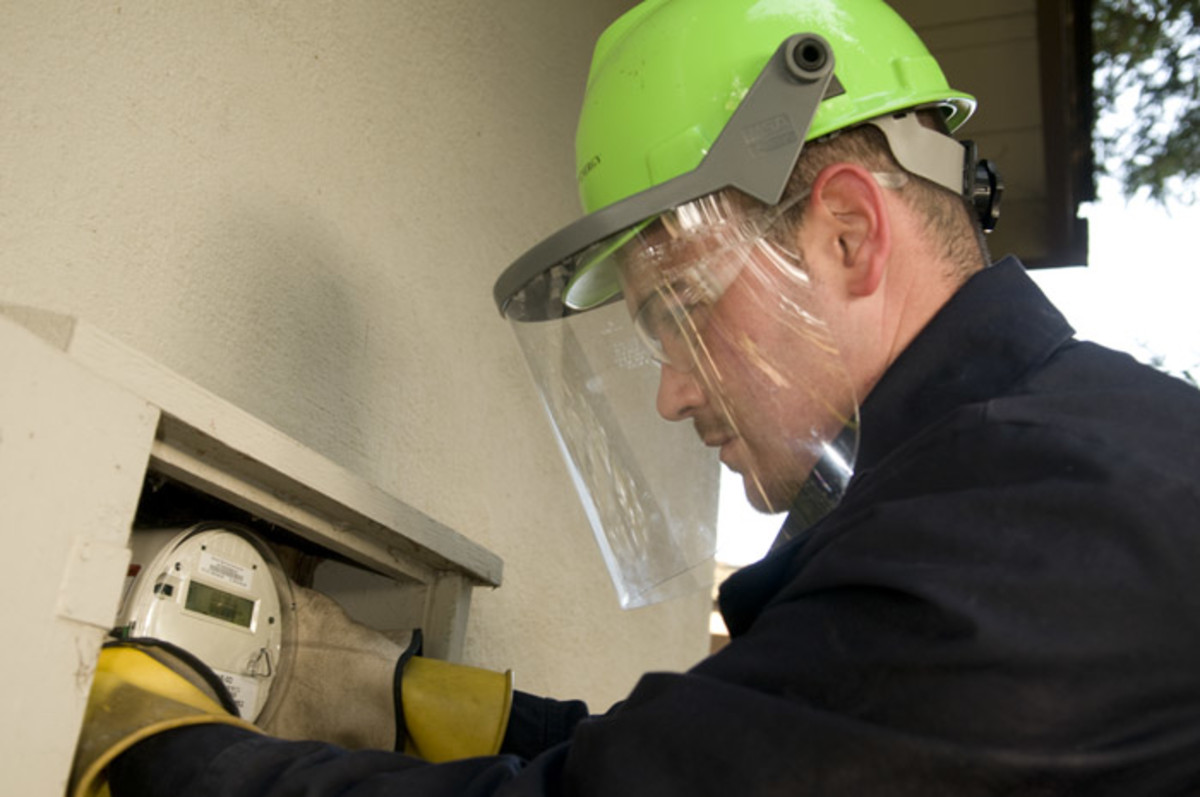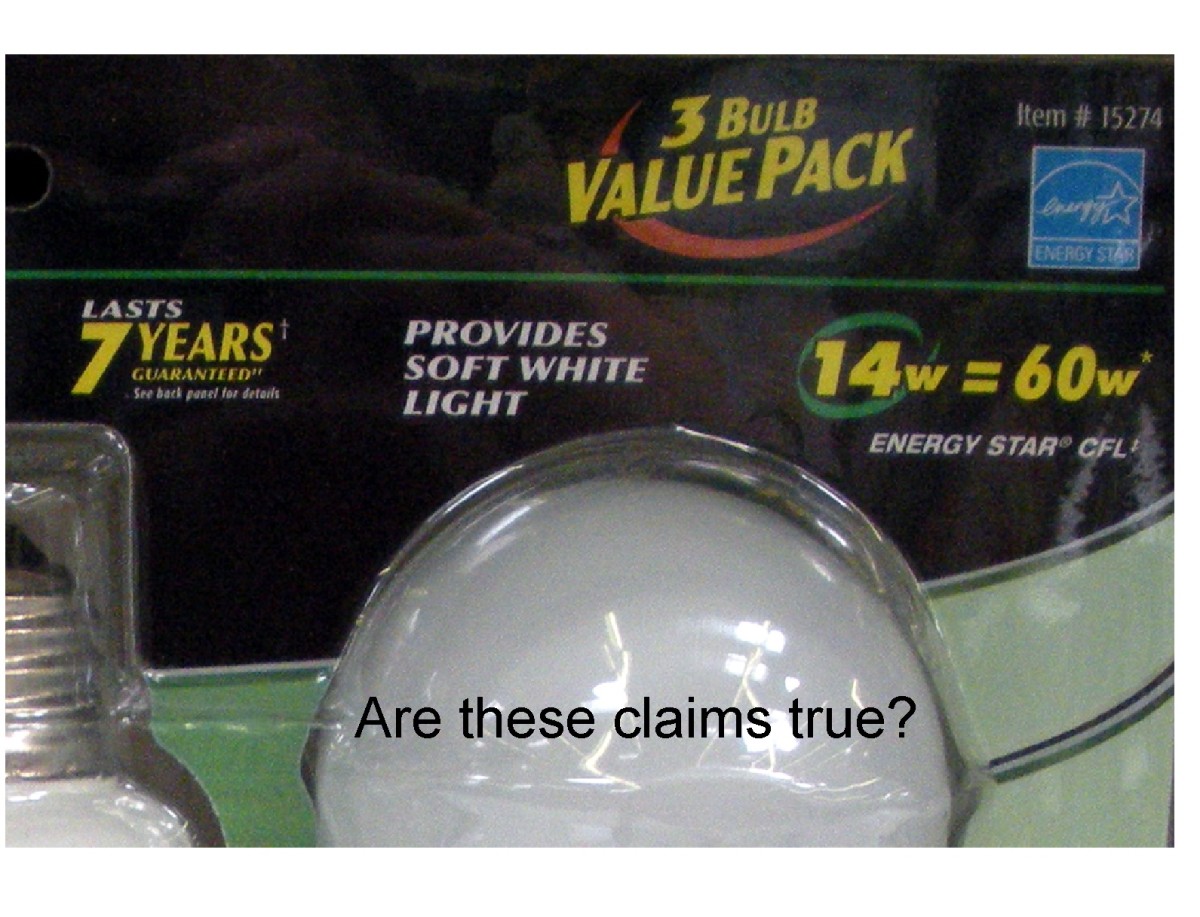What Is Photovoltaic Energy And What Are The Components Of A PV System
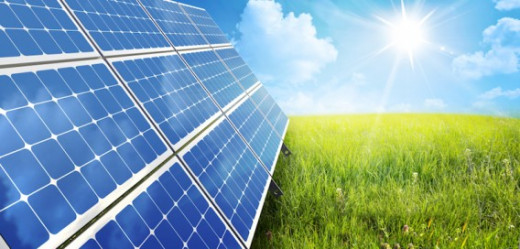
PV Energy And Solar Panels
People get more and more concerned about environment as years pass - recycling materials, conserving energy and resources and finding ways to produce clean energy from renewable sources are all relatively new ways of expressing this concern; with oil at limited supply and nuclear energy being of extremely high risk to the environment and humanity, the time is about right.
Photovoltaic energy, commonly abbreviated as PV energy is a standard, clean type of renewable energy, the source of which is the sun itself.
It is the field of technology and research related to the application of solar cells for energy by converting sunlight directly into electricity. Due to the growing demand for clean sources of energy, the manufacture of solar cells and photovoltaic arrays has expanded dramatically in recent years.
Photovoltaic systems require high quality silicon. Although worldwide there are only a few manufacturers of the silicon wafers required (thin wafers of almost pure silicon), production capacities are increasing all the time. Silicon has a decisive social advantage in that unlike oil, sand is available in limitless quantities everywhere, thereby avoiding damage to or conflicts with the environment. Silicon, after all, is the second most abundant element on Earth after oxygen. Sand, quartz or semi-precious stones like amethyst or opals consist essentially of silicon.
Solar panels are devices which consist of connected solar cells, inside a glass and metal frame to be protected by water and physical damage. They come in a variety of sizes and as a result wide range of electricity capabilities; in general, the bigger the panel, the more solar cells it has and the more electricity it can produce when exposed to sunlight.
Electricity from a solar panel comes in the form of DC voltage; this is different from the typical electricity sockets we have in our houses, which provide AC (alternating current); as a result, the electricity produced by a solar panel or solar panels array needs to be converted to AC, in order to power typical house appliances. This conversion is done by an inverter, an electronic device which can accept as input DC and output AC voltage, suitable for typical house usage.
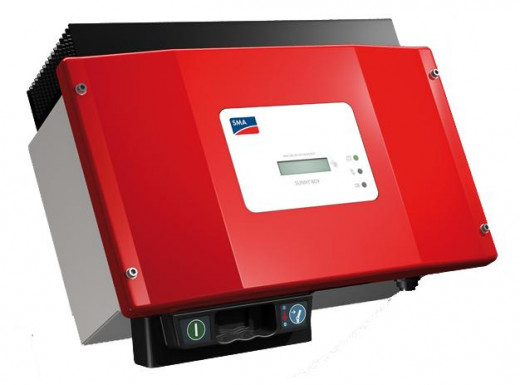
What Are The Components Of A PV System
Solar panels and inverter are not the only parts of a typical photovoltaic system - a detailed list of what a PV system consists of follows:
• Photovoltaic Cell - Thin squares, discs, or films of semiconductor material that generate voltage and current when exposed to sunlight.
• Module or Solar Panel - Photovoltaic cells wired together and laminated between a clear superstrate (glazing) and encapsulating substrate.
• Array - One or more modules with mounting hardware and wired together at a specific voltage.
• Charge Controller - Power conditioning equipment with complex electronic circuitry to regulate battery voltage.
• Battery Storage - A medium that stores direct current (DC) electrical energy. Differs from typical batteries, for example lead acid, in the fact that they are specifically produced to withstand frequent charges and deep discharges and last many years.
• Inverter - An electrical device that changes direct current to alternating current (AC) to operate loads that require alternating current.
• DC Loads - Appliances, motors and equipment powered by direct current. These can be, for example, battery operated products, DC LED bulbs and lights, etc.
• AC Loads - Appliances, motors and equipment powered by alternating current.
• Wiring, Cables, Sockets, Electrical Box, etc - Everything else needed to complete the system, including but not limited to electrical box, cables for all electrical connections, fuses, spikes protection, performance monitoring software and hardware.
Solar systems provide a great way to achieve "free" green energy for your own home needs. Bear in mind, however, that even now that prices have dramatically dropped worldwide due to over-production of solar cells form Chinese manufacturers, still the initial investment is quite high and could deter many people from trying going green.
A complete stand-alone photovoltaic system which is able to power a house without any need of connection with the electricity company that would need many solar panels and batteries to achieve ideally a 3-4 days energy back-up for cloudy days, would eventually cost really much money.
As a result, any kind of involvement with green energy would first need from the consumer to conserve energy in the first place; the days when we all wasted energy and resources for fun should be a thing of past.
- Solar Thermal Energy: How Sunlight Is Exploited For Affordable Home Heating And Constant Hot Water S
Solar energy can be harnessed using specialized equipment to lower the cost or totally eliminate the need of conventional house heating systems, which emit more and contribute to the greenhouse effect - How Does Geothermal Energy Work And How We Can Take Advantage Of It
Exploitation of the geothermal energy can prove to be a large step forward in the Globe's effort for acquiring clean, renewable energy for humanity's increased needs. - How To Craft A Cool Decorative Wooden Tealight Candle Holder
With some basic tools that usually exist in all houses and some imagination, you could create some great looking handmade holders for tealight candles that will surely amaze your visitors or prove to be an excellent idea of handmade gift for your fri - Why Text Messages (SMS) Consist Of Up To 160 Characters
Had you ever wondered why there is a maximum limit of characters per SMS, and why exactly does it have to be 160? Find out why this particular number was chosen, and by whom. - How To Make Handmade Soap Using Cooking Oils Or Fats
Cooking oil of any kind can be converted to soap with a relatively easy and fast process. That way you can avoid throwing it away in the drain, but recycle it instead into something useful. - Which Is The Best Selling Mobile Cell Phone Of All Times?
Find out which mobile phone has sold the most


